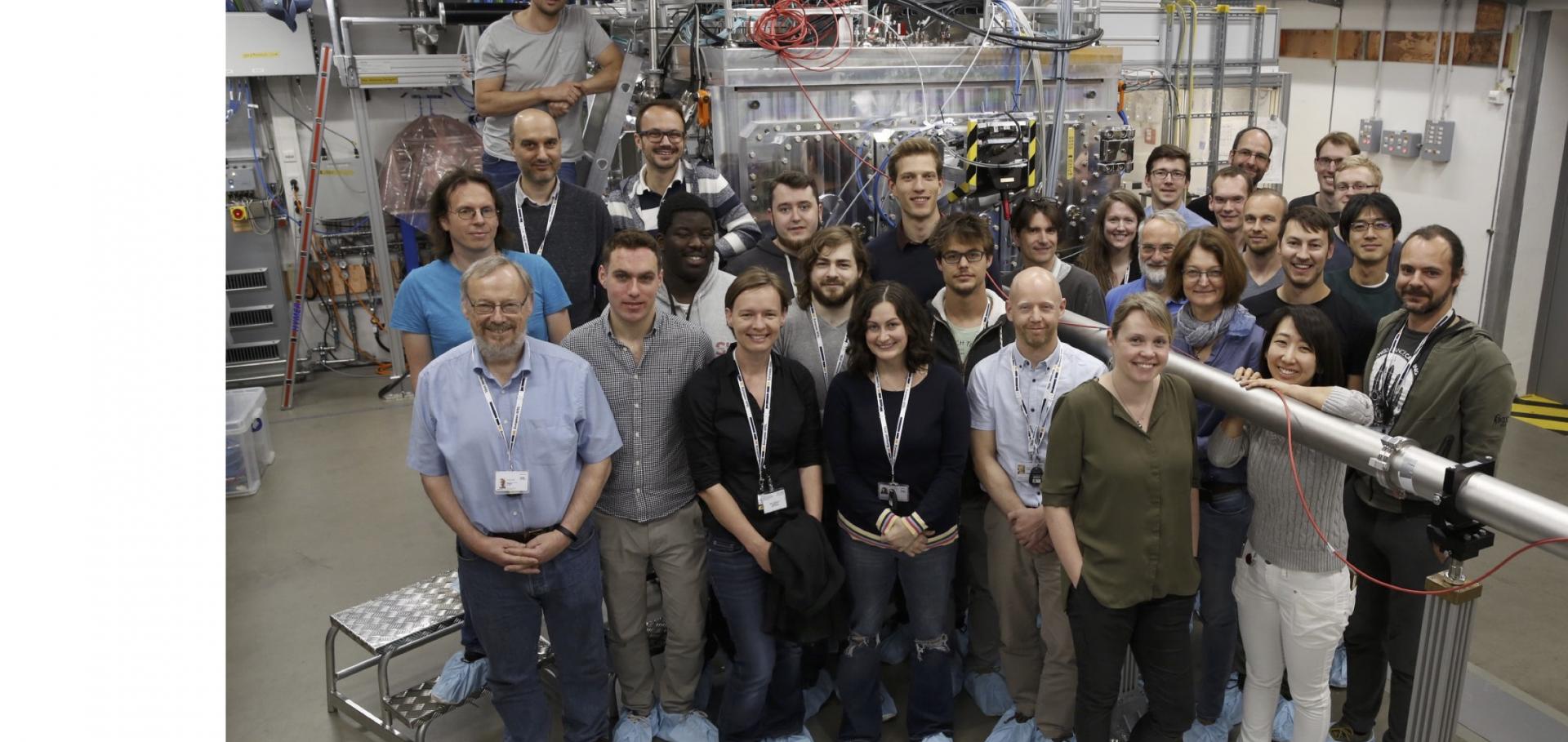High pressure solid state experiments on the Nova laser
INT J IMPACT ENG 23:1 (1999) 409-419
Abstract:
An x-ray drive has been developed to shock compress metal foils in the solid state in order to study the material strength under high compression. The drive has been characterized and hydrodynamics experiments designed to study growth of the Rayleigh-Taylor (RT) instability in Cu foils at 3 Mbar peak pressures have been started. Pre-imposed modulations with an initial wavelength of 20-50 mu m, and amplitudes of 1.0-2.5 mu m show growth consistent with simulations. In this parameter regime, the fluid and solid states are expected to behave similarly for Cu. An analytic stability analysis is used to motivate an experimental design with an Al foil where the effects of material strength on the RT growth are significantly enhanced. Improved x-ray drive design will allow the material to stay solid under compression throughout the experiment, and dynamic diffraction techniques are being developed to verify the compressed state. (C) 1999 Elsevier Science Ltd. All rights reserved.Progress with saturated soft x-ray lasers pumped by the Vulcan laser
Proceedings of SPIE--the International Society for Optical Engineering SPIE, the international society for optics and photonics 3776 (1999) 292-301
Observation of a highly directional γ-ray beam from ultrashort, ultraintense laser pulse interactions with solids
Physics of Plasmas AIP Publishing 6:5 (1999) 2150-2156
Abstract:
Observation of a highly directional γ-ray beam from ultrashort, ultraintense laser pulse interactions with solids
Physics of Plasmas AIP Publishing 6:5 (1999) 2150-2156
Abstract:
Novel measurements of electromagnetic radiation above 10 MeV are presented for ultra intense laser pulse interactions with solids. A bright, highly directional source of γ rays was observed directly behind the target. The γ rays were produced by bremsstrahlung radiation from energetic electrons generated during the interaction. They were measured using the photoneutron reaction [63Cu(γ,n)62Cu] in copper. The resulting activity was measured by coincidence counting the positron annihilation γ rays which were produced from the decay of Cu62. New measurements of the bremsstrahlung radiation at 1019 W cm−2 are also presented.Table-top picosecond sources
Nature Springer Nature 398:6725 (1999) 284-285


